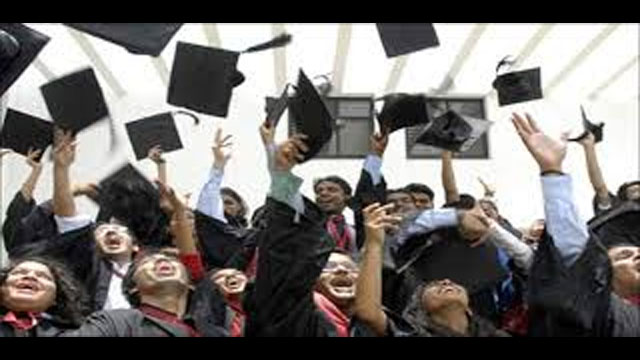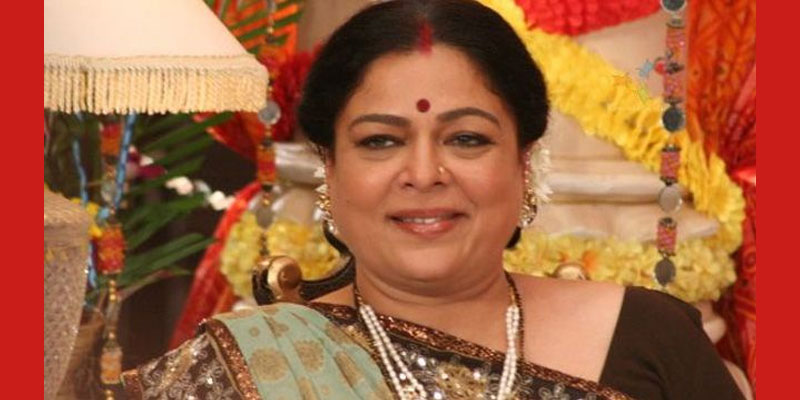All those chic college’s and campuses that many of us in India find so intellectual, high-end and ‘œworld-class,’ are actually not so chic after all.
So, all those chic college’s and campuses that many of us in India find so intellectual, high-end and “world-class,” are actually not so chic after all. The ‘QS World University Rankings’ tell us that none of our much-sought after universities are worthy of being placed in the world’s top 200! Further, out of all 800 institutions considered, only 11 from India could find a place!
While the premier Indian Institute of Technology (IIT), Delhi, has slipped to the 222nd position from 212 last year, IIT Bombay is at disappointing 233, IIT Kanpur at 295, IIT Madras at 313 and IIT Kharagpur at 346.
Released on Tuesday, the list has U.S. universities at the top slot. The Massachusetts Institute of Technology and Harvard have grabbed the first and second spots, Britain’s Cambridge University has been pushed to the third rank.
In the top 50 universities in Asia, IIT Delhi and IIT Bombay come in at 38 and 39, followed by IIT Kanpur at 51 and IIT Roorkee at 66.
The annual rankings take into account the subject range offered, as well as research results produced and academic reputation enjoyed by 3,000 institutions internationally. The ‘QS World University Rankings’ consists of six indicators: academic reputation (40 per cent), employer reputation (10 per cent), faculty-student ratio (20 per cent), citations per faculty (20 per cent), international students (5 per cent) and international faculty (5 per cent).
The Hong Kong University of Science and Technology tops the Asian rankings followed by a number of Chinese, Japanese and Korean institutions.
In Asia, Pakistan’s Quaid-e-Azam University ranks 119 and the National University of Sciences and Technology in Islamabad is at 120 — both ahead of the University of Mumbai, which is at 140.
What explains this state of affairs? Has the land of learning and ancient wisdom really turned mediocre? Or is there some euro-centric bias in the Ranking itself? How is it that other Asian countries fare so well on the same parameters where we are found lagging far behind? More importantly, how is it that the world’s largest democracy and an economic heavyweight with the best demographic dividend fares so poorly when it comes to the most vital aspect – higher education?
To be sure, while one can criticize the Rankings for giving greater weightage to the “international” factor as it gives 10% weightage for international students and faculty; the credibility of the QS Rankings per se is not in question. It has a fair methodology for evaluations which also include academic reputation (40 per cent), employer reputation (10 per cent), faculty-student ratio (20 per cent), and citations per faculty (20 per cent). Though criticized by some, and not without merit, for being tilted in favour of the developed countries, the Rankings are accepted broadly across the spectrum.
So the problem lies elsewhere. Though we are one of the world’s fastest emerging economies and a budget; our expenditure on education is not more than 3.3 percent of our GDP. (World Bank Data, 2010), while the recommended norm is at least 6%. The job orientation of higher education i.e. the increasing tendency to view higher education only as a means of landing up in a job are no less to blame. The research aspect in our universities – both quantitative and qualitative – is in dire need of some strategic and long term thinking. Last but not the least, the absolute lack of indigenous thinking and blind emulation of imported models of education are something we need to get rid of at the earliest. Or else, we can continue seeing our “top” universities nowhere in world’s top 200, or 300 or whatever!





